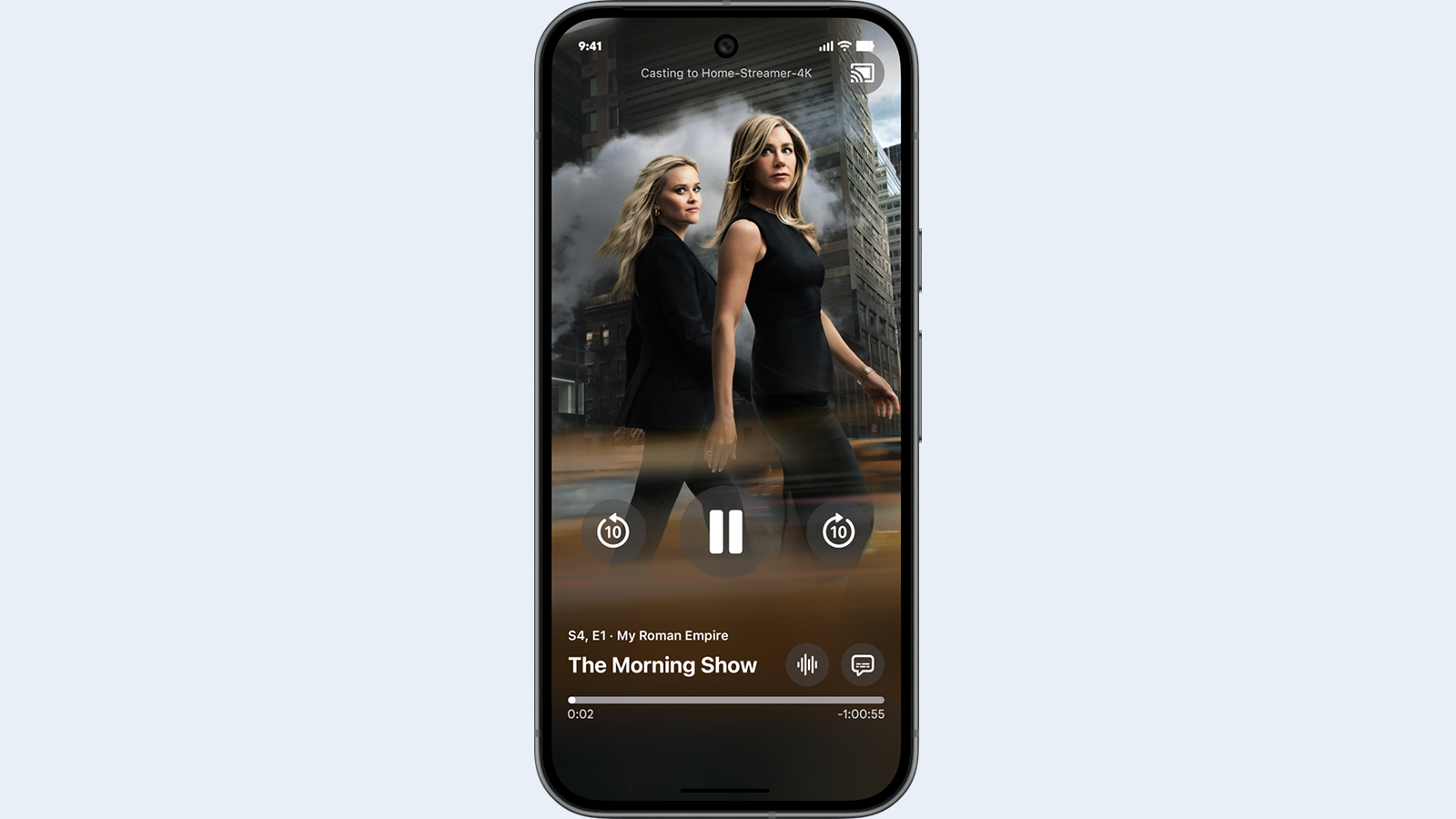Selecting microphones for noise suppresion
The 4066 (omni) from DPA Microphones is designed to handle sound pressure levels up to 144dB SPL before clipping occurs.
Having too much un-wanted sound in a microphone can cause problems, such as reduced intelligibility, comb filtering and pumping effects from bad limiters. Broadcasters are hoping for an improvement to the ratio between wanted and unwanted sounds. The best solution to these problems is selecting a quality microphone and putting it in the right position. This article will address how to reduce the amount of unwanted sounds when using microphones in noisy environments.
Types of sound sources
Before selecting a microphone, it’s important to define what type of sound source to capture and what type to avoid or control. Sound pressure level from a point source in the free field will double (+6db) each time the distance is halved. In a diffuse sound field, the level more or less remains constant. Also, close to a large-plane sound source, the sound field is rather constant. The primary rule when capturing the speaking voice (a point source) in noisy surroundings (large sources, many sources or diffuse sound field) is to reduce the microphone’s distance to the mouth. The level of the voice increases as the background noise remains constant. This rule should be applied to all types of microphones. Bringing a miniature microphone from the chest to the corner of the mouth, for example by using a headband or the like, yields a gain of at least 10dB.
Pressure microphones
The pressure microphone (or omnis) has by definition an omnidirectional characteristic. The frequency response is not affected by the change of distance to the sound source (as with pressure-gradient microphones). Hence, it is unproblematic to retain a constant timbre no matter the distance. On the other hand, it can be difficult to get rid of distant noise; only the law of distance works here. The frequency response goes all the way down to dc if not compensated. However, in general, the pressure microphone is the least sensitive to wind/turbulence because the membrane is mounted in front of a small, airtight chamber, which to some extent controls the membrane.
Pressure-gradient microphones
The professional video industry's #1 source for news, trends and product and tech information. Sign up below.
The 4088 (cardioid) from DPA Microphones is a miniature cardioid headband designed for acoustically demanding live performance environments, where background noise and feedback are concerns.
Pressure-gradient microphones (figure eight/cardioids) are sometimes called noise-canceling microphones. This is true if the wanted sound (a point source) is in the near field, and if the unwanted sound source is in the far field. The noise canceling is obtained mainly by the so-called proximity effect and only to a minor degree by the directional characteristic.
The sound wave has admission to both the front and back of the microphone membrane (or membranes if it is a double-capsule design). A typical distance between front and back is in the range of two centimeters. When a sound wave passes, it will reach the front side first and a little later the rear side of the membrane. The membrane will move (vibrate) if a pressure gradient is present, which means that the pressure is different on the two sides.
Concerning a low-frequency sound wave (meters long), there is not much pressure difference within two centimeters. The pressure gradient is low at low frequencies. The gradient increases with frequency as the wavelength decreases. The “raw” frequency response of a pressure-gradient microphone is “thin,” with only limited low-frequency content. This is to some degree compensated for in the design of the membrane in order to provide a proper frequency response. Now, if the sound source is close to the microphone — for example, a few centimeters — a pressure difference between the front and back will occur due to the law of distance. This difference, or gradient, exists at all frequencies. Nevertheless, it will only affect the lower end of the frequency range (typically <500Hz) due to the lack of gradient at low frequencies. The result is low-frequency content from distant sound sources that is not gained as compared to a low-frequency content of close (<0.5 meter) sound sources. (See Figure 1) This is also why a vocal microphone for stage use sounds “thin” if used on distant sound sources.
Figure 1. The suppression of distant sound sources obtained by using a cardioid headband microphone is shown in comparison with an omni-headband microphone. The curve represents the actual measurement of a 4088 (cardioid) compared to a 4066 (omni) from DPA Microphones. The voice would be at exactly the same level. Click here to see an enlarged diagram.
In addition to this, the directional characteristic (off-axis) will help to keep unwanted sounds attenuated. By reducing the entry to the backside of the membrane, the directional pattern may change to a cardioid type.
Interference tube (shotgun)
The shotgun is popular in sound recording for film, and it works fine for that purpose. At times, it may be used for stand-up or interviews in noisy surroundings. This is normally a misunderstood usage, as the off-axis response is poor, and it is difficult to get the sound source (the voice) close to the microphone element at the bottom of the tube.
Boundary layer
In the boundary layer (close to large reflecting surfaces), the direct sound is doubled (+6dB gain) whereas the diffuse sound field is only gained by 3dB. The relation of the direct-sound field to the diffuse-sound field is improved by 3dB. Putting the microphone in a corner will improve this further. A dedicated boundary-layer microphone or any small microphone may be used in the boundary layer.
Eddy B. Brixen is an acoustic consultant for Danish Broadcasters.
